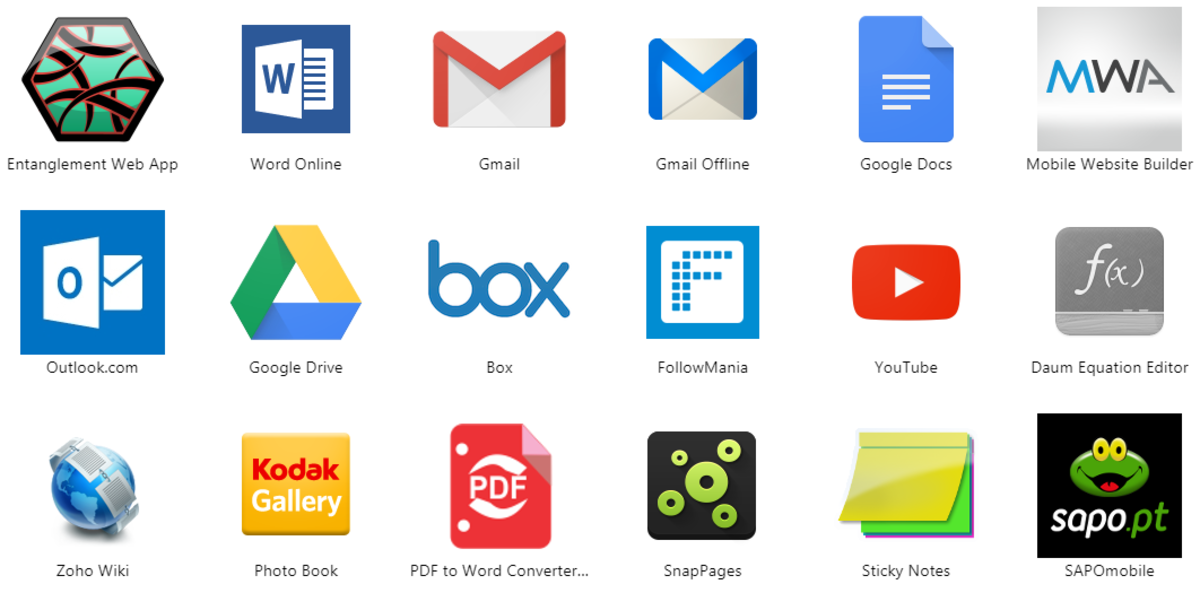- HubPages»
- Technology»
- Computers & Software»
- Computer How-Tos & Tutorials
Spyware threats and its prevention
The computer users are under regular threat of being infected with different kinds of malicious codes, which are capable of compromising their data, monitoring their behavior, and also violating their privacy. One of the most common types of such malicious codes is the spyware program.
A spyware is a software application that has been programmed to covertly monitor and retrieve information about the computer user, or organization without their knowledge or consent. The retrieved information might be used for understanding the user behavior or fraudulent purposes by the criminal.

During recent years, the number of people connecting to the Internet has significantly increased due to mobile device growth and broadband connectivity which has become more widely available. Being connected to the Internet has many advantages and conveniences but not without a few disadvantages, one of which is the increased proliferation of malware.
As the population of the Internet increases, computer users are exposed to the consistent threat of malware being inserted onto their device without their knowledge or consent. Malware is comprised of small software applications which contain malicious code. It is designed by tech savvy programmers with malicious intentions and is capable of compromising user data, monitoring computer behavior, causing significant damage to an operating system and applications, and violating the user’s privacy. One of the most common types of such malicious codes is the spyware program.
According to an Economist (June 5, 2004) report, the top three spyware firms in the U.S. claimed their software is installed on 100 million PCs. Another survey conducted by Websense in April 2004 on firms with 100+ employees revealed that there are 92 percent of PCs which possess spyware installed on their computer knowing or unknowingly.
In recent years, the above numbers have nearly doubled with more than 80 percent of devices being infected with spyware and more than 91 percent of PC users that are aware of the existence of spyware, according to Information Week, 2012. (Information week)
Why are cyber criminals using spyware programs to infect their victims?
The spyware economy is currently worth more than $2 billion annually. The revenue originates from ads and bundled deals to unscrupulous sources which are malicious and designed to steal personal information for the purpose of financial gain on the part of the cybercriminal. Some spyware programs have even been linked to organized crime and intellectual property theft.
In order for the process to be operative, spyware programs are require to provide an end user experience that always works. This means the process of using a spyware application does not generate any revenue until an installation on the end user’s computer is successful. For this reason, money is a key motivator for cyber criminals to continually search for more creative ways to sneak into a user’s computer.
How can we combat and minimize the threats?
There are many methods and applications which are used to combat and minimize spyware threats. The process for minimizing the threats will vary according to whether you are an individual computer user or an enterprise organization which requires protection of sensitive data and trade secrets.
For the typical computer user, it is possible to combat and minimize spyware threats by deploying both an antivirus and anti-spyware application in addition to activating a firewall to monitor network traffic. In addition to deploying the proper protection applications, the end user should be streetwise when browsing the Internet, keep all software updated with the latest security patches, and run Windows updates on a consistent basis.
In terms of an enterprise organization, it is necessary to formulate a comprehensive framework to combat and minimize spyware threats. The framework must adequately address the needs of the organization and include staying updated on the future trends in the area of spyware threats.








